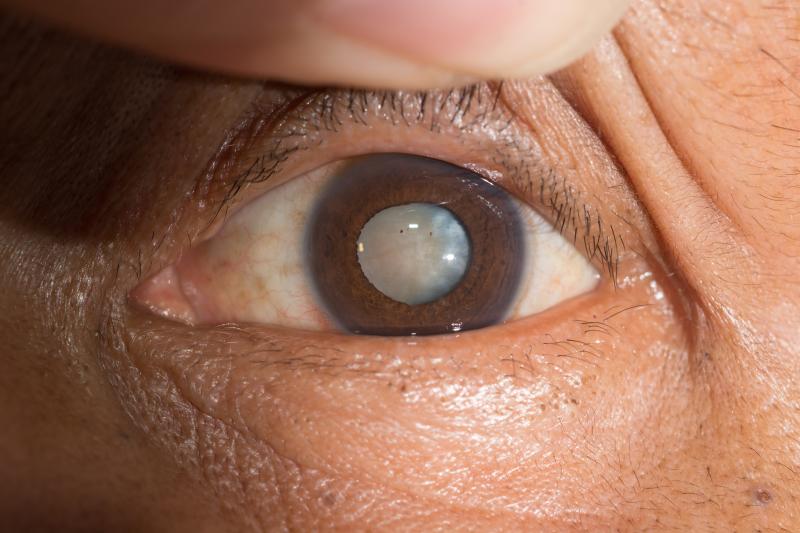
Cataract is highly prevalent and continues to be a global challenge to public health, particularly in the Western Pacific region, reports a new meta-analysis.
From the databases of Embase, Scopus, PubMed, and Web of Science, among other online repositories, researchers retrieved 45 studies eligible for analysis, with a total sample size of 161,947. Participant ages ranged from 19 to 99 years. Most of the included studies were of very good quality (n=28). Fourteen were of good quality, and three were found to be satisfactory.
The minimum prevalence rate reported for any cataract was 1 percent in the 20–39-year age group. The maximum, on the other hand, was 88.17 percent in participants above the age of 60 years. Similarly large disparities were found for cortical, nuclear, and posterior subcapsular (PSC) cataracts.
The overall age-standardized pooled prevalence estimate (ASPPE) for any cataract was 17.20 percent. The PPE was highest for those >60 years of age (54.38 percent), which remained true for all cataract subtypes. The overall PPE for the 20–39-year and 40–59-year age groups were 3.01 percent and 16.97 percent, respectively.
Cataracts overall were also slightly more common in females than in males (33.67 percent vs 32.57 percent); this trend remained true when disaggregating according to cataract type.
When stratifying according to WHO regions, the researchers found that the ASPPE of any cataract, as well as of PSC, nuclear, and cortical cataracts, were all highest in the Southeast Asian and Western Pacific regions.
“Despite the lack of inter-gender differences, cataract prevalence increases with age, especially after the age of 60 years,” researchers said. “Knowledge about cataract prevalence can inform healthcare planners in planning and prioritizing resource allocation.”